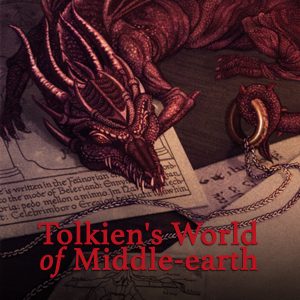Course Category: LITA: Literature (Fantasy)
-

Tolkien Illustrated: Picturing the Legendarium
This course provides a comprehensive introduction to the history of Tolkien illustration and its visual, contextual, and critical analyses.
-

Race, Gender, and the Other in Tolkien’s Middle-earth
This course explores the issues of race, sexuality, gender, and Othering in the mythological legendarium of J.R.R. Tolkien.
-

Ursula K. Le Guin: Worldbuilder
This course explores the major science fiction and fantasy works of Ursula K. Le Guin, how they relate to her literary theories and social interests, and how she envisioned and revisioned the worlds of her imagination.
-

Tolkien’s Wars and Middle-earth
This course explores the life of J.R.R. Tolkien and the impact his experiences had on his work, with a particular focus on the World War I and World War II time periods.
-

Tolkien’s World of Middle-earth
In this course, students will read Tolkien’s critical essays, translations, and imaginative stories to explore how his world and his myth developed over time.
-

Tolkien’s Poetry
In this class, we will examine Tolkien’s short poetic works in detail, taking a chronological look at Tolkien’s career through the window of his poetry.
-

Tolkien in Context
This course examines how Tolkien’s subcreated world of Middle-earth engages with issues and concepts relevant to readers, including racism, immigration, the place of women, the ongoing battle of good versus evil, environmental concerns and the rise of technology.
-

The Worlds of J.R.R. Tolkien
John Garth delves into theories concerning geography, nationhood, and the environment to explore Tolkien’s primary and fictional worlds.
-

The Story of the Hobbit
This course examines the life of J.R.R. Tolkien’s The Hobbit, including several important precursors of the book, works that helped establish the genre in which Tolkien was writing, and which influenced Tolkien’s own thinking.
-

The Potter Saga
In this course, students will discuss the ancestors to the Harry Potter phenomenon, while examining the works and traditions that inform the Harry Potter universe.
